Tree Crown Work
Treecology offers a range of services to maintain your trees including Crown Reductions, Crown Thinning, Crown Raising and Dead Wooding
Crown Reductions
Crown reductions will reduce the height and /or spread of the crown of a tree by the removal of the ends of branches while maintaining the tree’s natural profile. Cuts are made to natural growing points so that the tree regenerates correctly.
Crown Thinning
Crown thinning involves the removal of the smaller branches within crown of the tree to reduce the density of the crown. Crossing and rubbing branches are removed to prevent further damage to the cambium (bark).
Crown Raising
Involves the removal of lower branches to give pedestrians or vehicles better clearance. It is also performed to enable clear views through the lower part of the tree such as at the end of a garden over looking fields etc.
Deadwood
Deadwood can be a natural part of a tree and is an important feature for wildlife as is a great habitat for a wide range of species. Removing deadwood from within the crown especially over areas where failure may present a hazard to property or people etc. can be a requirement on safety grounds.
Pollarding
Pollarding is the removal of limbs back to old growth allowing large trees to be retained and/or prolong their lifespan, this can only be done effectively to certain species, which we shall advise you on. This method of work means that regular maintenance of the trees is then required after a few years to take back the new growth back to the previous cut points, depending on the species of tree dictates how often this needs to be.
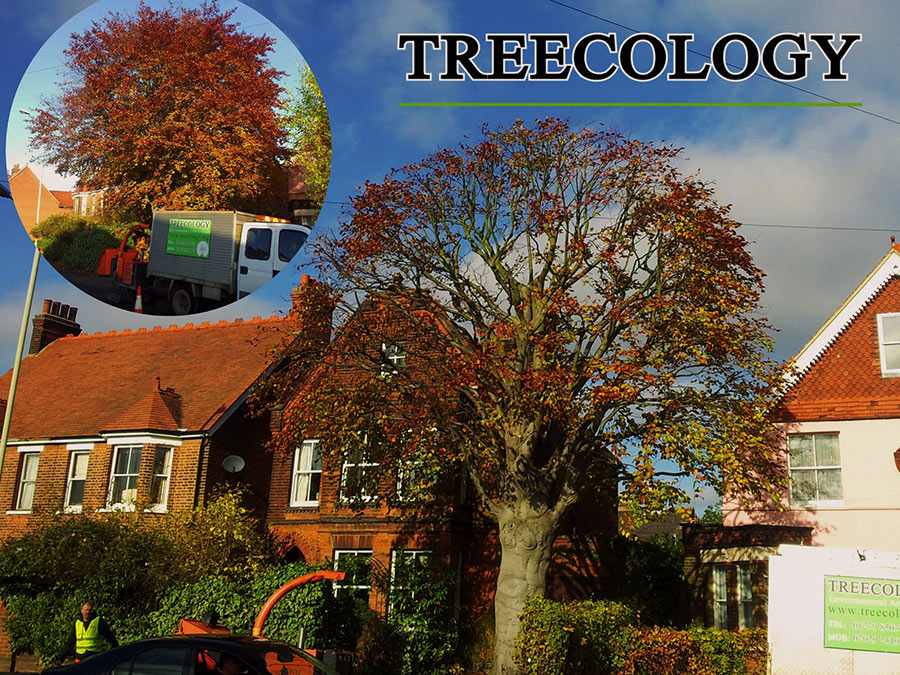
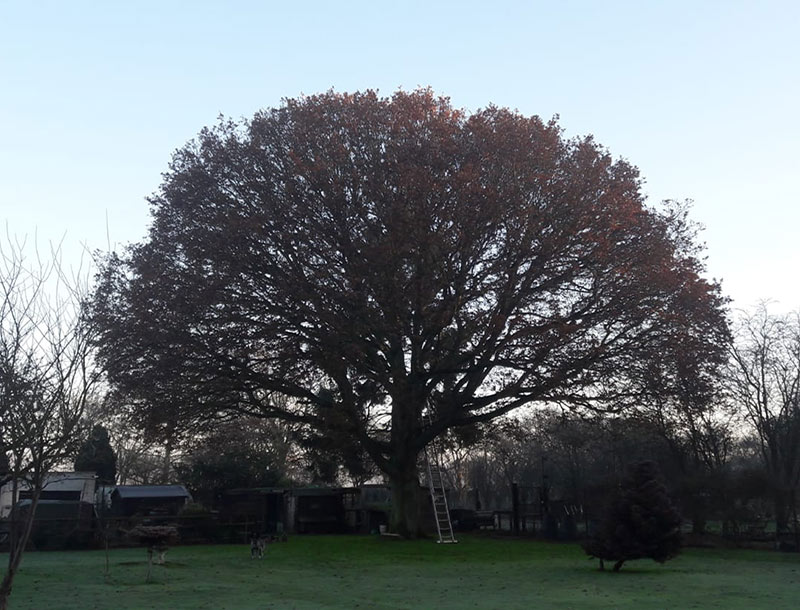
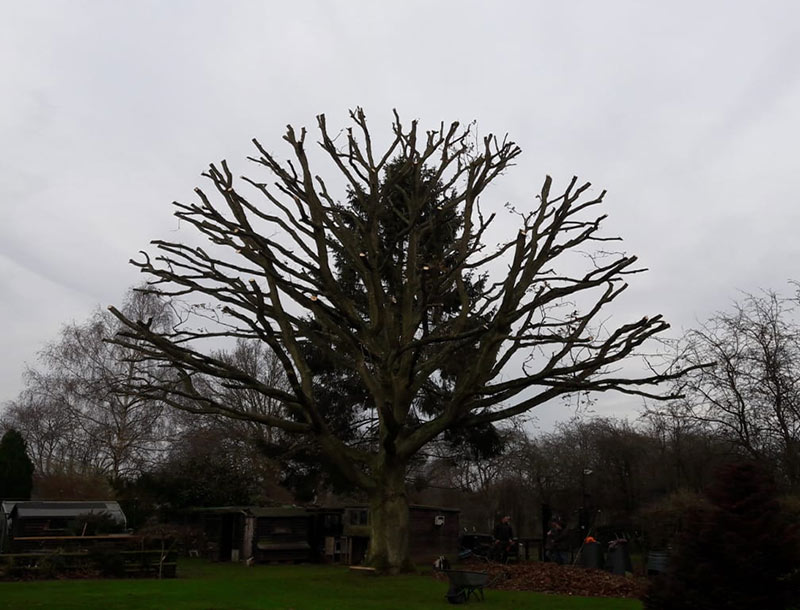
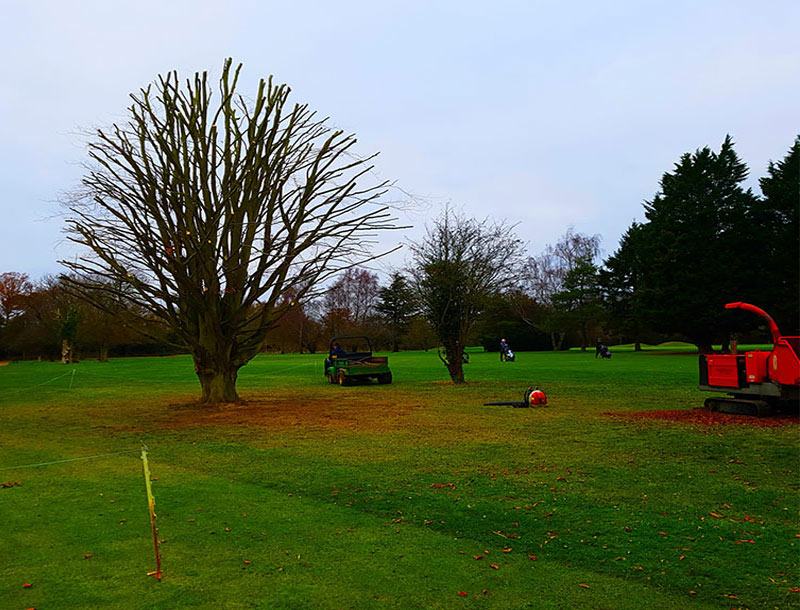
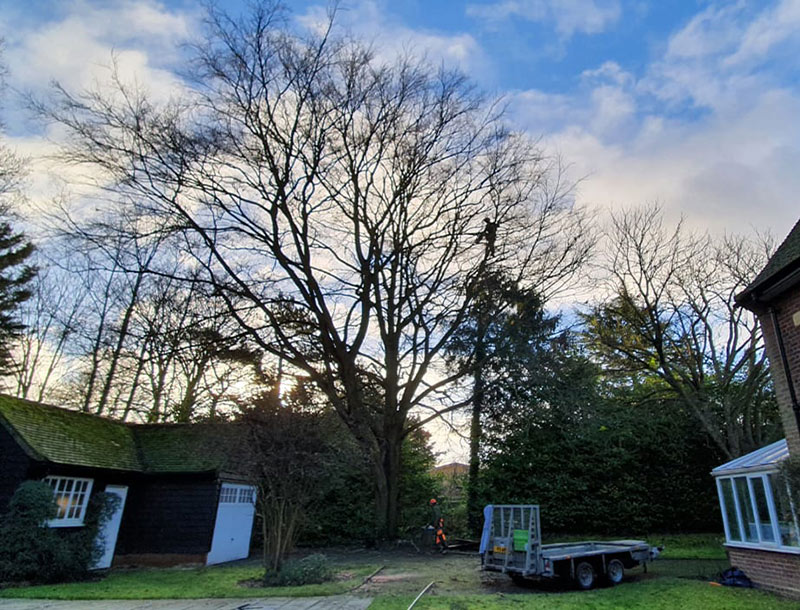
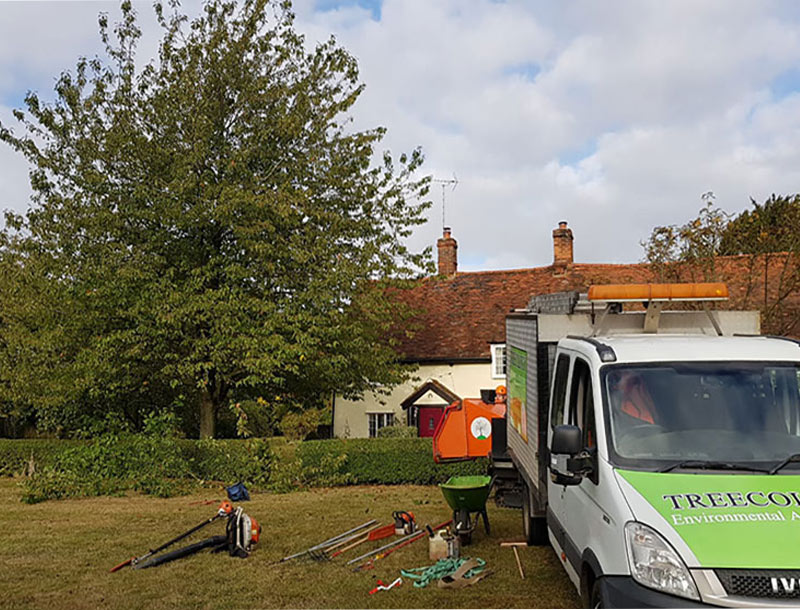
✔️ Fully insured
✔️ 18 years experience
✔️ Local and trusted
✔️ Family run business
✔️ Top of the range equipment
Book a free quote today, call 07929 251995 or email sales@Treecology.org


Sónia Lopes
Amazing job. Definitely recommend and will use this service again in the future. Thank you

Anna Taylor
Dave easily quoted my job within a day and was able to get the whole job done within a week. Friendly and reliable service and would recommend him for anyone who needs to get rid of a tree!

John Ainley
I was very pleased with the work carried out by Treecology. The tree was removed in a professional way and my garden was left spotless, all for a very competitive price!.

Suzanne Barlow
Dave reduced the willow in my garden, letting so much more light into the kitchen, highly recommended.

O H
Professional, friendly and knowledgable from start to finish. All at the best price and with an environment focused view. Dave came to remove a huge conifer from my back garden that was blocking out the light.

Micheal Harker
We are really happy with the quality of Treecology’ hedge trimming service, great price as well!